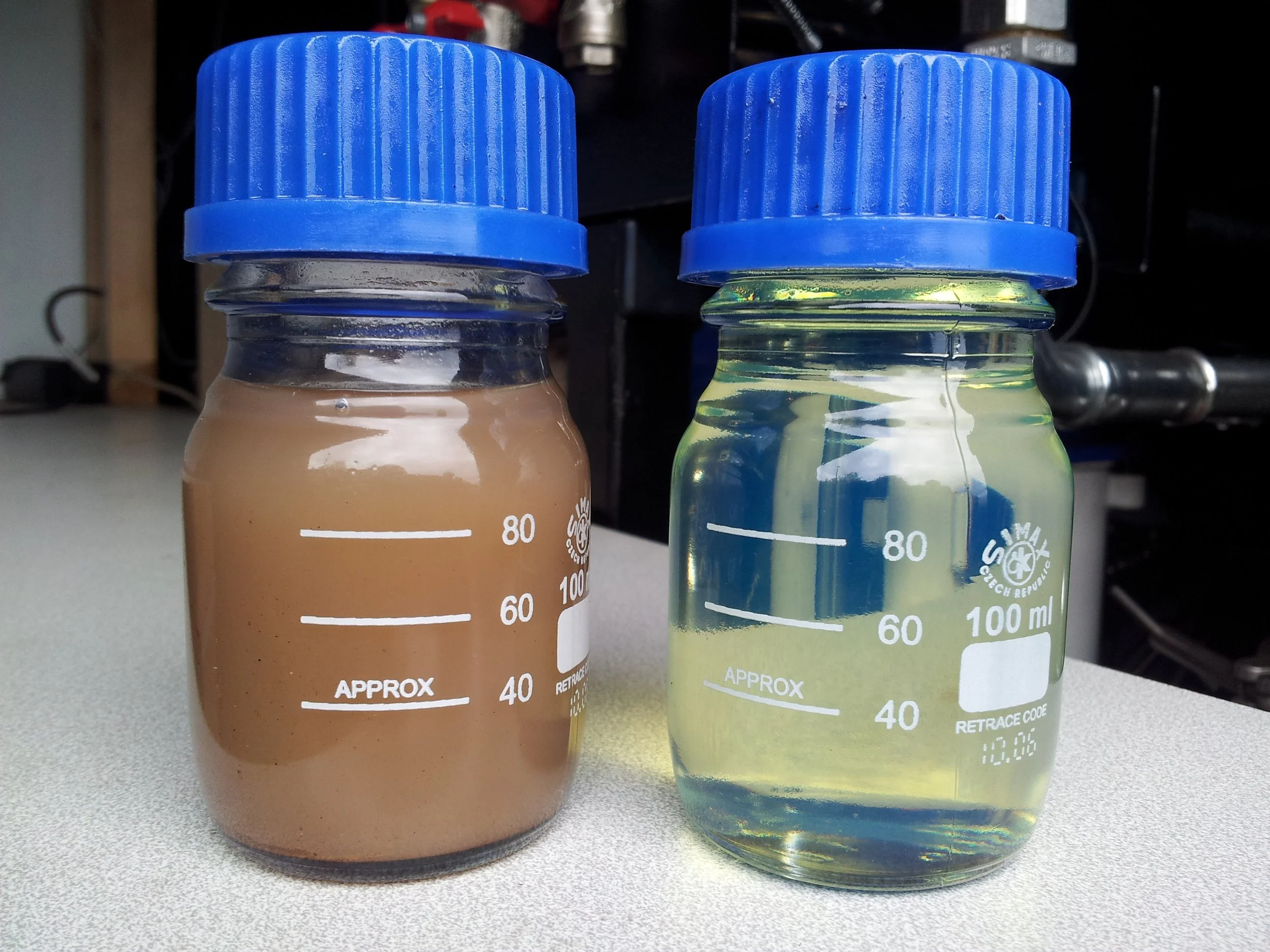How to Extend the Lifespan of Your Fuel Storage Tanks
Fuel storage tanks are critical assets for many businesses, providing the fuel needed to power equipment, vehicles, and backup generators. However, without proper care, these tanks can degrade over time, leading to costly repairs, fuel contamination, and even environmental hazards. By implementing regular maintenance, timely repairs, and proper fuel handling, businesses can significantly extend the lifespan of their fuel storage tanks and ensure reliable, long-term operation.
7 ways to extend the lifespan of your tanks and keep them in top condition.
1. Schedule Regular Inspections
Routine inspections are essential for identifying potential issues before they escalate into serious problems. Businesses should carry out regular checks to monitor the condition of their fuel storage tanks and identify signs of wear, corrosion, or damage.
Inspections should focus on:
Tank integrity: Look for signs of corrosion, rust, or leaks on the fuel tank’s exterior and interior surfaces.
Valves and fittings: Ensure all valves, pipes, and fittings are functioning correctly and that there are no signs of wear or leakage.
Bunds and containment areas: For steel bunded fuel tanks, inspect the containment area to ensure it remains structurally sound and free from cracks or other damage.
By catching these issues early, businesses can carry out minor repairs to prevent major failures and extend the fuel tank’s overall lifespan.
2. Clean and Polish Your Fuel
One of the main threats to a fuel tank’s longevity is fuel contamination. Water, sediment, and microbial growth can build up in stored fuel over time, leading to corrosion and internal damage. Regular fuel polishing—the process of filtering and cleaning fuel—can help remove these contaminants, improving both fuel quality and the tank’s lifespan.
Additionally, scheduling routine fuel tank cleaning ensures that sediment and sludge don’t accumulate at the bottom of the tank, reducing the risk of corrosion and ensuring fuel stays free of contaminants.
3. Implement Proper Fuel Handling Practices
How fuel is handled can have a significant impact on the longevity of your fuel storage tanks. Contamination can occur during refuelling or fuel transfers, leading to long-term damage if not addressed.
To prevent contamination:
Ensure proper filtration when transferring fuel into storage tanks.
Use clean, sealed containers when handling fuel, to avoid introducing water or debris into the system.
Ensure tight seals on all tank openings to prevent moisture, debris, or dirt from entering the tank.
By taking care during fuel handling, businesses can reduce the risk of contamination and corrosion inside their storage tanks, extending their usable life.
4. Carry Out Timely Repairs
When signs of damage or wear are detected, it’s crucial to carry out timely repairs to prevent further deterioration. Delaying repairs can result in small issues escalating into significant structural problems, which can lead to expensive replacements or cause fuel tank failure.
Common repairs may include:
Patch repairs for minor leaks or holes.
Repainting or re-lining to protect against corrosion.
Replacement of worn-out fittings or valves to maintain proper functionality.
Addressing these issues quickly helps to ensure the long-term durability of your storage tanks which is why we offer planned preventative maintenance plans.
5. Upgrade to Steel Bunded Fuel Tanks
For organisations using single-skinned tanks, upgrading to steel bunded fuel tanks can offer significant protection against leaks and spills. Bunded tanks provide a secondary containment layer, which acts as a safeguard in case the primary tank fails. This not only improves environmental compliance but also reduces the risk of tank degradation due to fuel spillage, prolonging the life of the storage tank.
6. Monitor Fuel Tank Conditions with Advanced Systems
Modern fuel management systems and automatic tank gauges (ATGs) provide real-time data on fuel levels, temperature, and tank conditions. By monitoring these factors closely, businesses can identify any issues, such as rising fuel temperatures or unexpected drops in fuel levels, that might indicate a problem with the storage tank. Early detection allows for prompt intervention and helps maintain tank health.
7. Follow Proper Fuel Tank Decommissioning Procedures
For tanks reaching the end of their lifespan, proper decommissioning is essential to avoid environmental contamination and ensure safe tank removal. We always recommend working with a professional tank decommissioning service to ensure that your fuel storage tank is cleaned and disposed of responsibly. OTS Group’s ‘We Buy Any Tank’ and ‘We Buy Any Fuel’ schemes can help organisations offset the cost of new tanks when it’s time for a replacement.
Maximise the Lifespan of Your Fuel Storage Tank Through Proactive Maintenance
Extending the lifespan of your fuel tanks is all about proactive maintenance, proper fuel handling, and planned preventative maintenance. By regularly inspecting your tanks, cleaning your fuel, and investing in protective measures, businesses can avoid unexpected breakdowns, reduce repair costs, and ensure safe and efficient operations for years to come.
At OTS Group, we provide comprehensive maintenance, cleaning, and repair services to help businesses get the most out of their fuel storage systems.
Contact us today to learn more about how we can help extend the life of your tanks.




